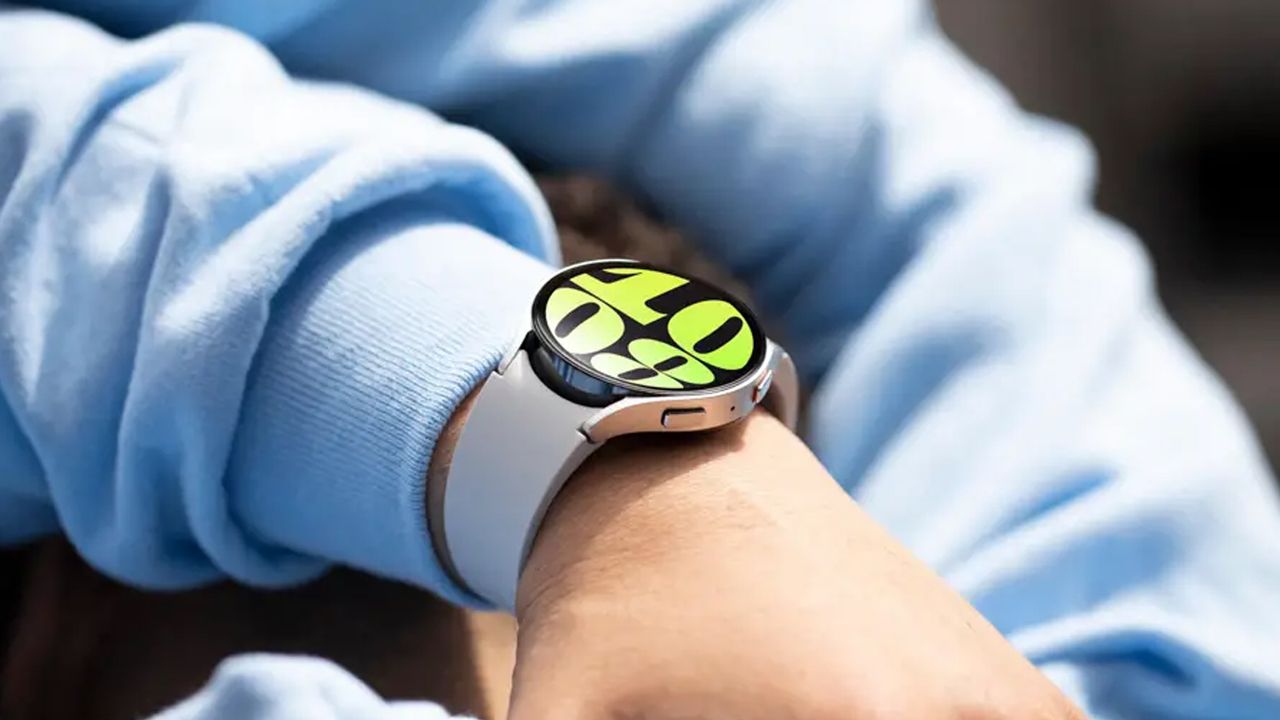
Smartwatch Market Stumbles in 2024, But Hope Remains for Recovery
The burgeoning smartwatch market, a sector characterized by rapid innovation and consistent growth in recent years, encountered an unexpected hurdle in 2024, experiencing its first-ever year-on-year decline. Data released by Counterpoint Research paints a picture of a market contracting by 7% compared to the previous year, a significant downturn that has sent ripples through the industry and prompted analysts to reassess their forecasts.
This contraction, while surprising, isn’t without identifiable causes. Several factors have converged to create this slowdown, with the performance of the market leader, Apple, playing a pivotal role.
Apple’s Slip Impacts the Entire Market
Apple, a dominant force in the smartwatch arena, maintained its top position in 2024. However, its sales fell short of expectations, particularly in the crucial North American market. This underperformance is attributed to a combination of factors, primarily relating to the company’s product releases and the perceived lack of compelling innovation.
Notably, the highly anticipated Apple Watch Ultra 3 model failed to materialize. Consumers, eager for the next iteration of the rugged and feature-rich Ultra line, were left disappointed. Furthermore, the Series 10, while a solid offering, did not introduce hardware upgrades substantial enough to ignite widespread consumer enthusiasm. This lack of perceived innovation, coupled with the absence of a new Ultra model, translated into lower sales for Apple, directly impacting the overall market.
Despite these challenges, Apple remains the undisputed leader, commanding a 22% market share. This figure underscores the company’s enduring brand loyalty and the continued appeal of the Apple Watch ecosystem. However, the company’s influence is so significant that even a slight dip in its performance can have a cascading effect on the entire smartwatch landscape.
Huawei’s Ascent: A Rising Star
While Apple faced headwinds, other players in the smartwatch market seized the opportunity to gain ground. Huawei emerged as a major success story, demonstrating remarkable growth and solidifying its position as a formidable competitor.
The company achieved an impressive 35% year-on-year growth rate, propelling it to second place in the global smartwatch rankings with a 13% market share. Huawei’s success can be attributed to several factors, including its strong presence in the Chinese market, its focus on feature-rich devices, and its competitive pricing strategies. Huawei’s ability to innovate and offer compelling alternatives to Apple’s offerings has resonated with consumers seeking a different smartwatch experience.
Samsung’s Steady Gains: A Focus on Variety
Samsung, another key player in the smartwatch market, also demonstrated positive growth in 2024. The company increased its market share to 9% by achieving a 3% growth rate. This growth can be attributed to the successful launch of several new models, including the Galaxy Watch 7, Galaxy Watch Ultra, and the Galaxy Watch FE series.
Samsung’s strategy of offering a diverse range of smartwatch options, catering to different needs and price points, has proven effective in attracting a broader customer base. The introduction of an Ultra model, mirroring Apple’s approach, suggests that Samsung is keen to compete in the premium segment of the market. By focusing on innovation and expanding its product portfolio, Samsung is positioning itself for continued success in the evolving smartwatch landscape.
Xiaomi’s Explosive Growth: A New Entrant Making Waves
Xiaomi’s performance in 2024 was nothing short of spectacular. The company achieved the most remarkable growth among all major smartwatch brands, recording an extraordinary increase of 135%. This surge in sales allowed Xiaomi to enter the bestseller list for the first time, marking a significant milestone for the company.
The success of Xiaomi’s smartwatches can be attributed to the popularity of its Watch S1 and Redmi Watch series. These devices offer a compelling combination of features, stylish design, and affordable pricing, making them attractive to a wide range of consumers, particularly in price-sensitive markets. Xiaomi’s focus on value and its ability to deliver a high-quality smartwatch experience at a competitive price point has fueled its rapid growth and established it as a major player in the industry.
A Glimmer of Hope: Recovery on the Horizon
Despite the market’s contraction in 2024, analysts remain optimistic about its long-term prospects. Counterpoint Research predicts that the smartwatch market will recover and achieve single-digit growth rates in 2025. Several factors are expected to contribute to this resurgence.
Firstly, the introduction of new and innovative smartwatch models will play a crucial role in reigniting consumer interest. As manufacturers continue to push the boundaries of technology and design, they are likely to introduce features that capture the attention of consumers and drive sales.
Secondly, the development of health-oriented features is expected to be a key driver of growth. Smartwatches are increasingly being used to monitor vital signs, track fitness activities, and provide insights into overall health and well-being. As these features become more sophisticated and accurate, they are likely to attract a growing number of health-conscious consumers.
Finally, manufacturers’ innovative designs will also be critical to the market’s recovery. As smartwatches become more stylish and customizable, they will appeal to a broader range of consumers who see them as fashion accessories as well as functional devices. By combining technology and design, manufacturers can create smartwatches that are both appealing and useful, driving demand and fueling market growth.
In conclusion, while the smartwatch market experienced a setback in 2024, the long-term outlook remains positive. The market is expected to recover in 2025, driven by new models, health-oriented features, and innovative designs. As competition intensifies and manufacturers continue to innovate, consumers can expect to see even more compelling and feature-rich smartwatches in the years to come. The market’s temporary stumble is likely a pause before another leap forward in wearable technology.
